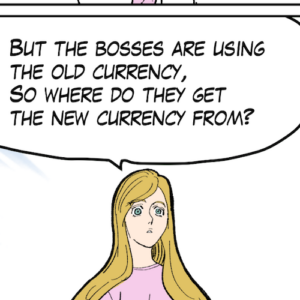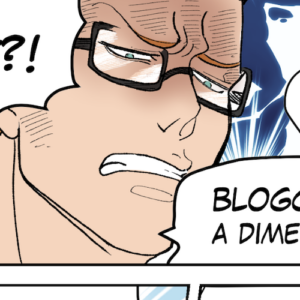US labour market slower but relative to what?
In last month’s US labour market briefing – US labour market – stability abounds although, worryingly, real wage gains have evaporated (October 9, 2023) – I noted that while there was no major slowdown signalled, the real wage gains made in previous months had evaporated. I wasn’t sure whether that was a sign that a tipping point had been reached or was near. Last Friday (November 3, 2023), the US Bureau of Labor Statistics (BLS) released their latest labour market data – Employment Situation Summary – October 2023 – which showed payroll employment rising by just 150,000, a significant dip in the previous month’s increase. The unemployment rate also continued to creep up to 3.9 per cent (from 3.8 per cent). While some might interpret this as a weakening trend, the question should be asked about the appropriate benchmark that we should be using. One could easily conclude that the aggregates are returning to pre-pandemic levels after all the pandemic noise. The alternative view is that there is a slowdown occurring. We will have to wait another month or so to distinguish between these two conjectures. After a few months of real wage gains, we are now observing nominal wages growth trailing the moderating inflation rate.

